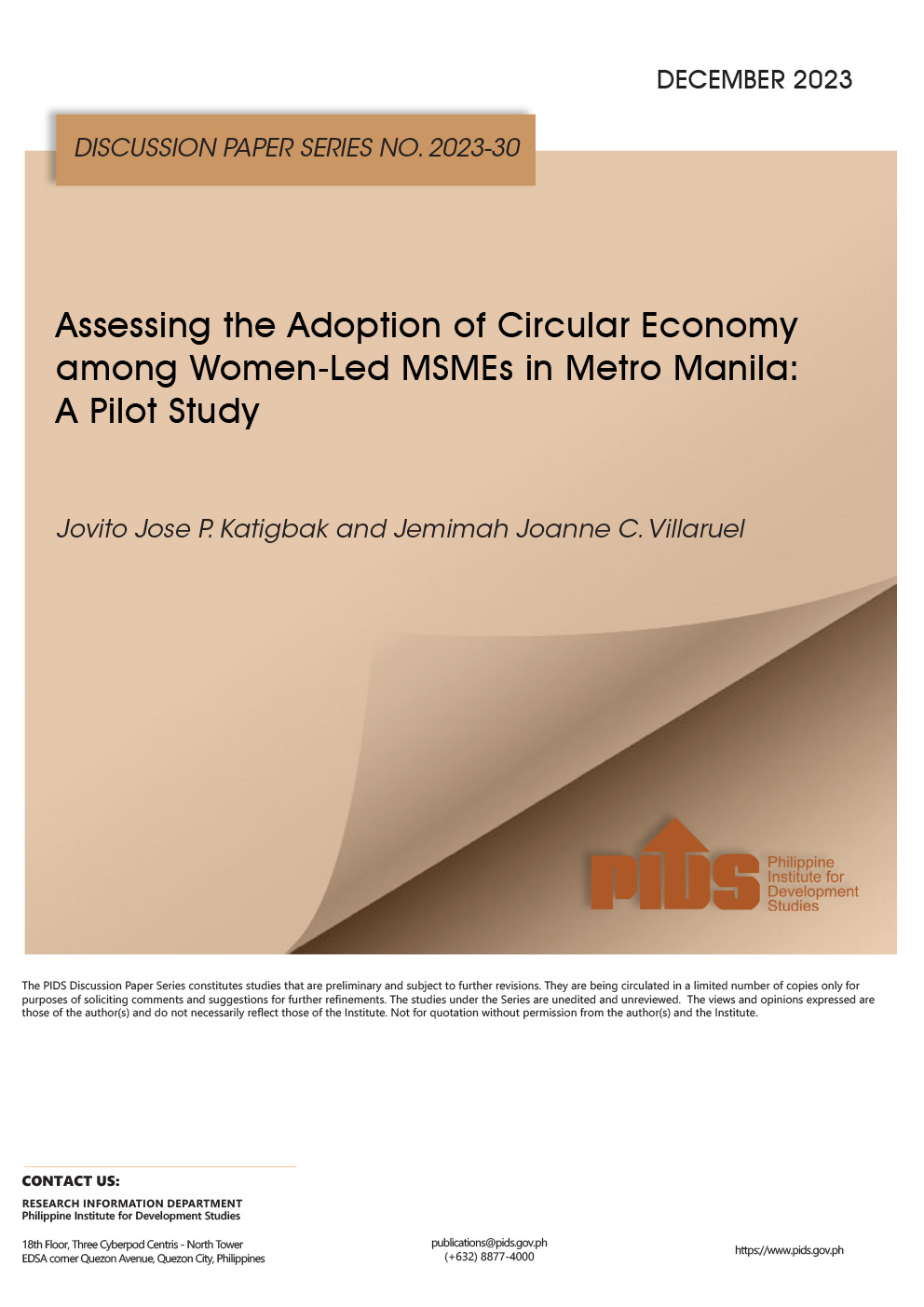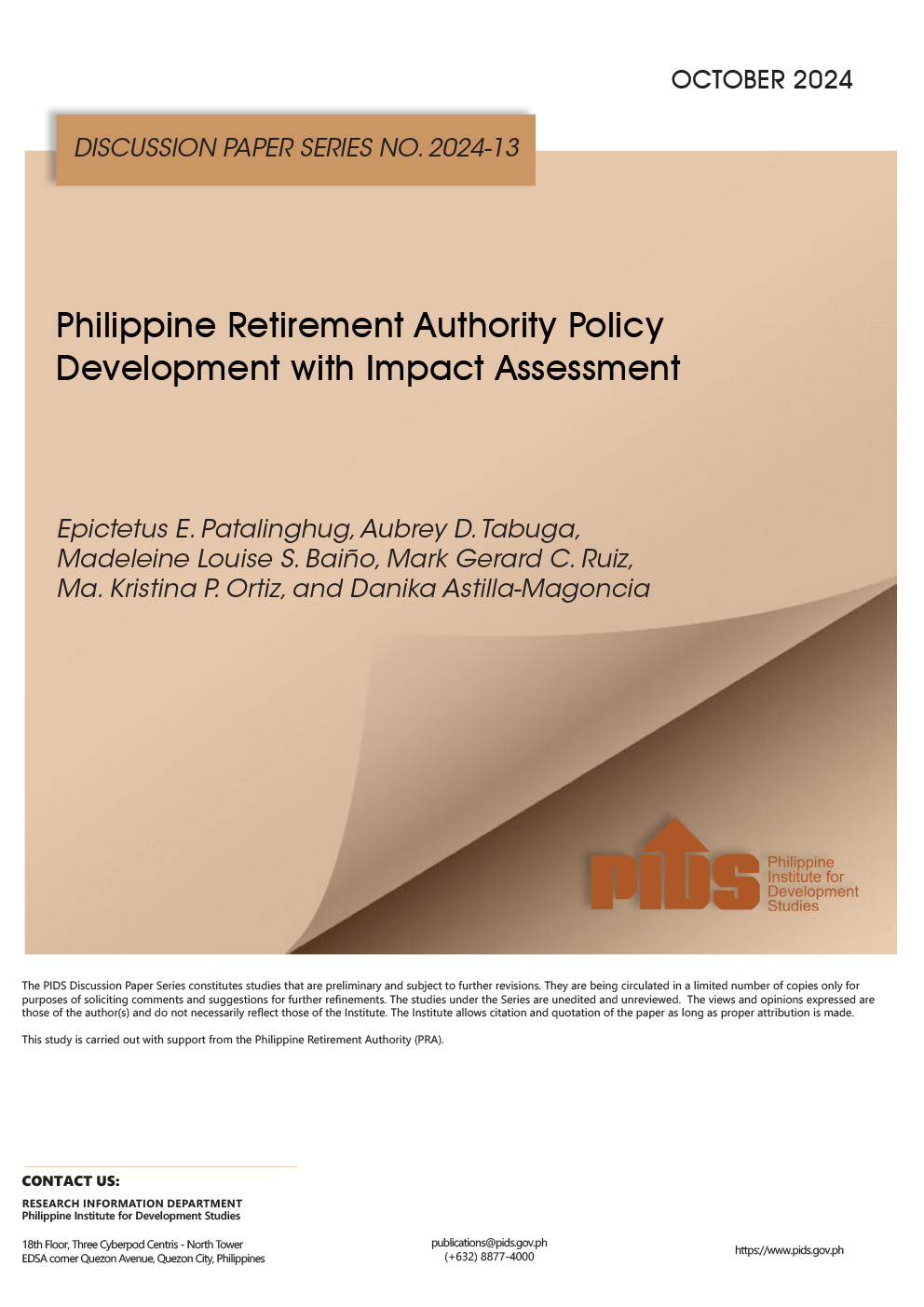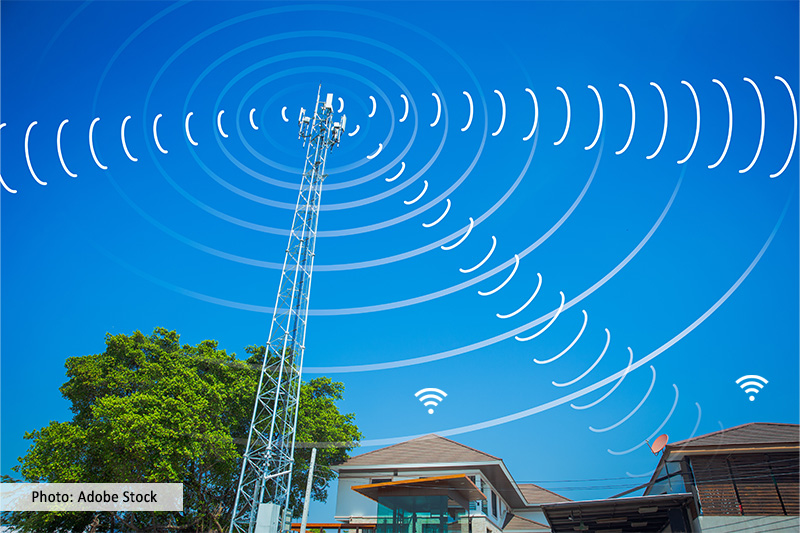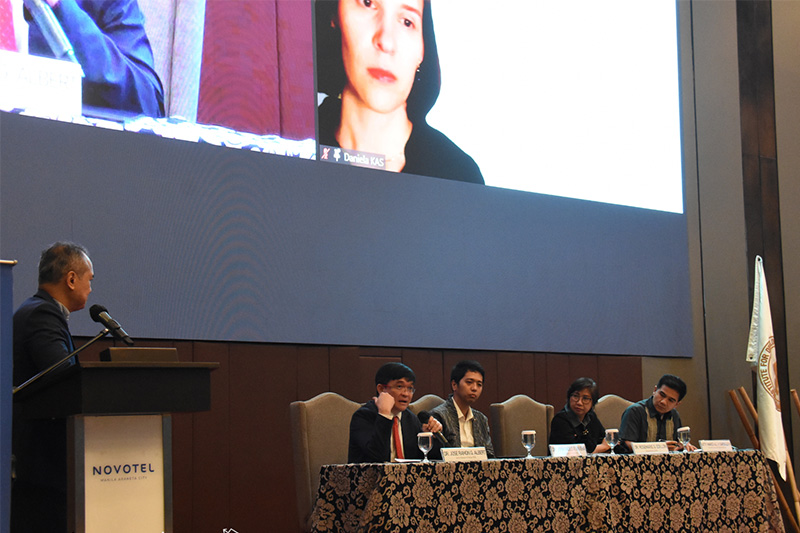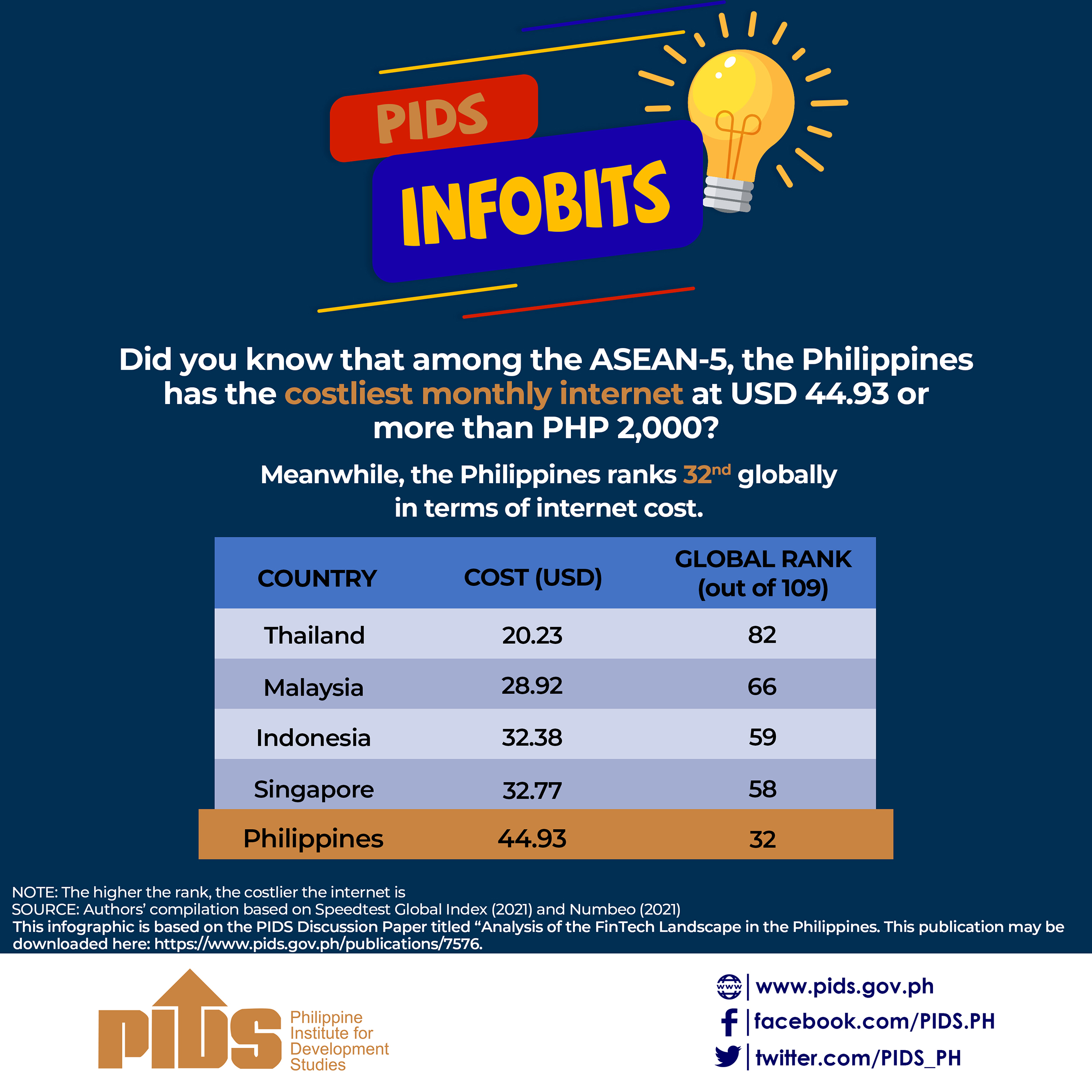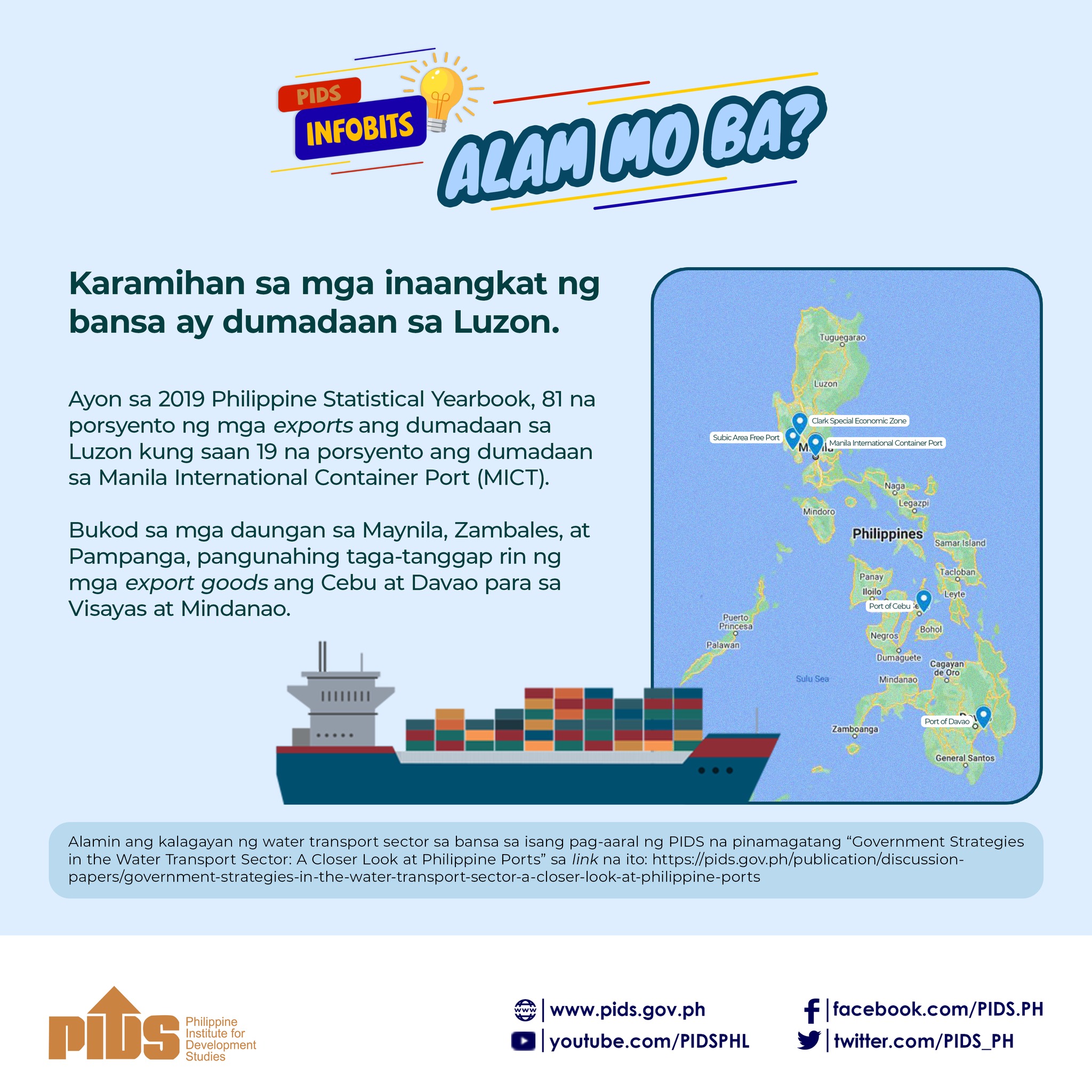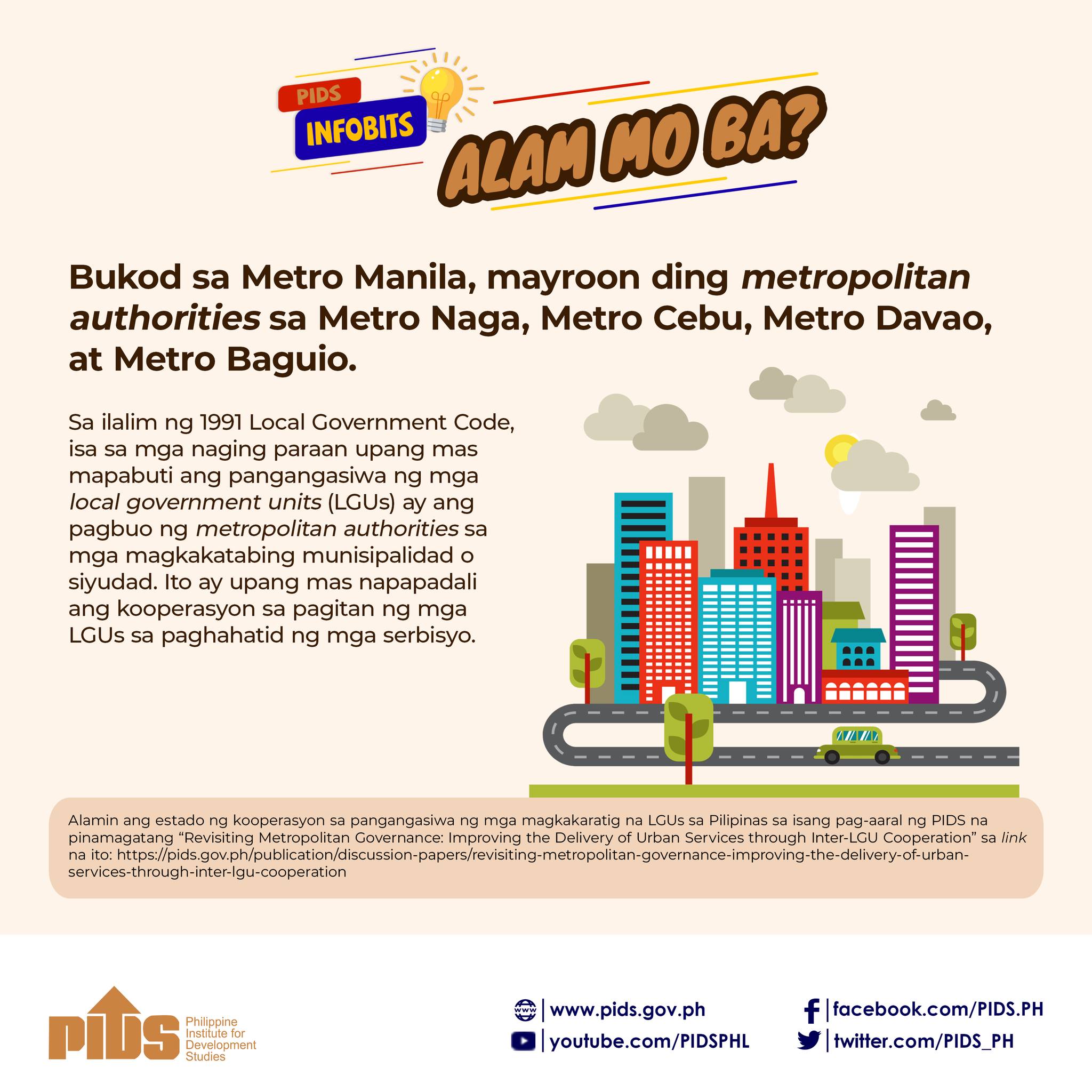CLOGGED ROADS have always been a part of the daily life of an ordinary Filipino citizen residing in Metro Manila. Commuters struggle as the morning rush brings intense traffic in the busy streets and avenues. Among the variety of transport modes available -- private vehicles, MRT, LRT, taxis, and utility vehicles -- a significant number of commuters still opt for buses.
To meet the demand for this critical service, numerous operators deploy a horde of buses; there are currently 12,595 buses operating within Metro Manila, or from the province to Metro Manila; these are dispersed over 1,122 operators. The sheer volume of vehicles and bus trips ironically ends up hurting everybody. Commuters spend too much time making their trips; bus companies themselves spend a lot for fuel and wear on their vehicles; drivers and conductors work long hours to meet their "boundary” or fixed fee to the operator; society suffers from heavily polluted air.
Cognizant of the congestion problem, the government imposed a moratorium on the issuance of franchises for provincial buses in 2000, and a nationwide moratorium on all new buses and new franchises in 2003. Implementation, however, is a different matter; bus operators interviewed for the study claim that new franchises can be obtained, especially if they are willing to pay a stiff fixer’s fee of P150,000 per unit.
The proliferation of bus operators and open franchising were not the case before. During mid-1970s, the sector was highly regulated in Metro Manila. Only four private consortia and the government-owned Metro Manila Transit Corporation dominated bus operations. The government later on allowed liberalization in 1989 through the bus leasing program of the government. Liberalization has increased the number of operators, which in turn has contributed to the congested situation today.
Regulating the now chaotic transport regime is no easy task. Improving the regulatory regime requires investments in infrastructure, plus political will to overcome opponents of reform.
To support the shift to a rationalized policy regime, a Philippine Institute for Development Studies (PIDS) research attempted to estimate the net benefits from traffic decongestion. The analysis was applied to a specific case of a 12-kilometer stretch along the EDSA super corridor. The selected route serves as a microcosm of the transportation sector in the country, allowing us to have a better assessment of the ongoing issues and condition of traffic congestion. Data from the analysis show nearly 60 operators (average of 15 buses/operator) existing in the selected areas alone. Meanwhile, the benefit-cost analysis was used to measure the impact of an effective regulatory regime that addresses congestion.
All these suggest that, as a conservative estimate, travel time can be reduced by 20% on average while still meeting passenger demand through an effective decongestion policy. This will entail, among others, a reduction in bus trips and therefore savings in terms of transport service cost. The reduction in travel time and savings in transport cost correspond to the benefits of decongestion. Our analysis shows that total benefit per year (even excluding savings in pollution cost) can total up to P5.5 billion a year along this 12-kilometer stretch alone. Of this amount, P4.57 billion is due to savings in passenger time alone; the remainder (P940 million) is due to savings in transport cost.
How can we realize this benefit? The first necessary step is limit the number of operating buses in franchised routes. Proper enforcement of policies, specifically on franchises agreements, can significantly decrease the number of operating buses. However it is important to take note that the imposed limits should not result in erecting barriers to entry that introduce market power among too few players.
To make this more effective, enforcement of policies must be coupled with the harmonization of sectoral plans. Regulators must come up with ways to incentivize operators to deploy the optimal number of buses while still catering to the needs of the commuters in a timely and affordable manner.
Some bus operators will oppose the reduction of the number of buses. But surely it will be worth it because it will reduce the massive cost of the daily gridlock in the country’s densest metropolis.
The authors are research fellows of the Philippine Institute for Development Studies. The article was adapted from the CREW Diagnostic Country Report: Philippines. The study was conducted with financial and technical support from the Centre for Competition, Investment and Economic Regulation (CUTS-CIER), Jaipur, India.//
The cost of Metro Manila traffic congestion
Related Posts
Publications
Press Releases
Video Highlights
[No related items]

